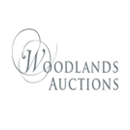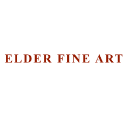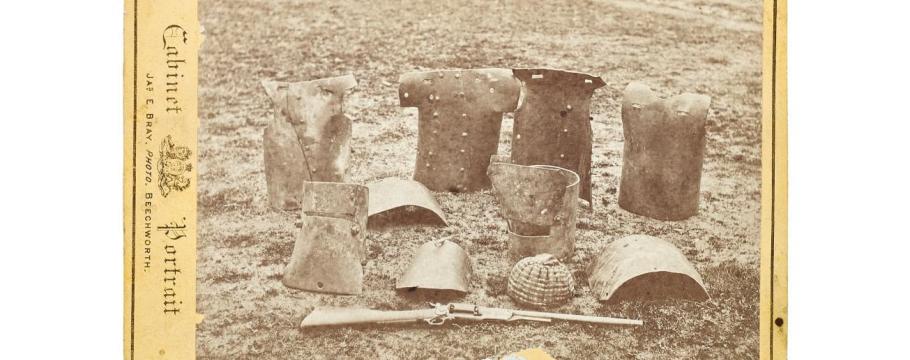
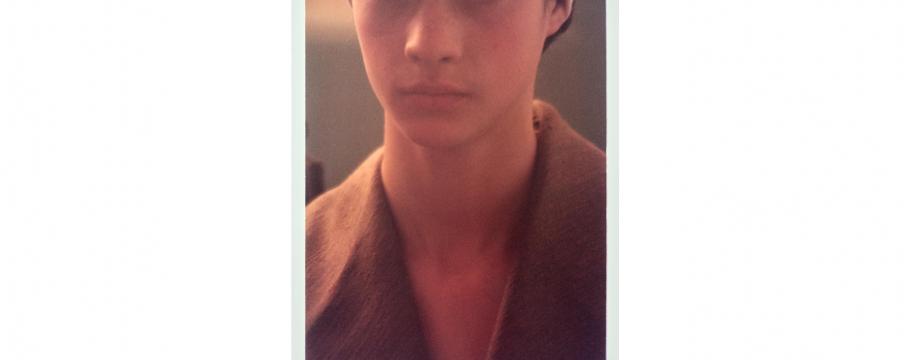
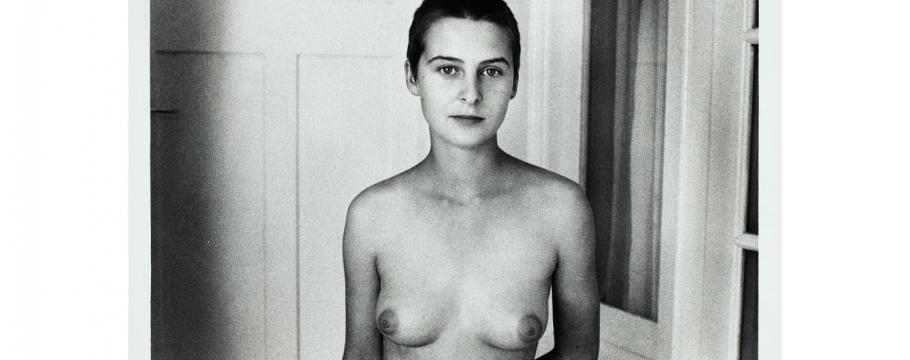

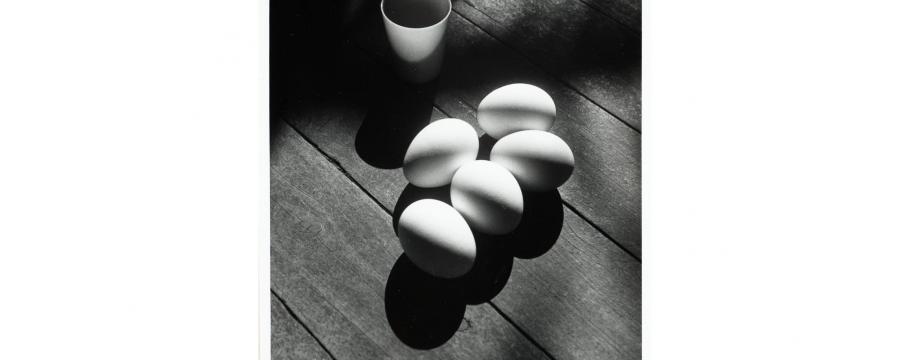

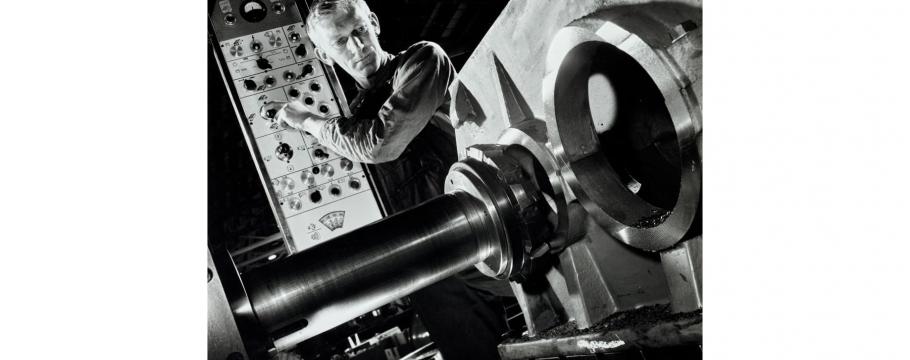
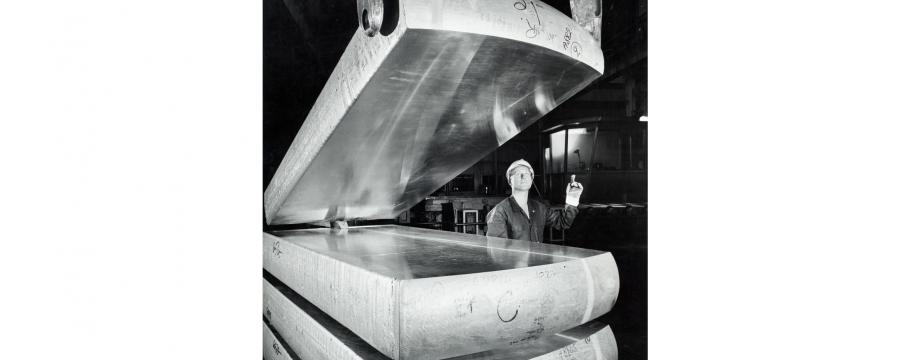
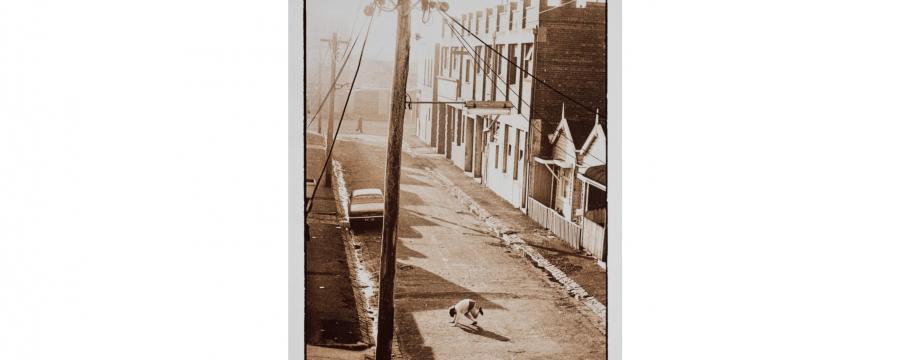
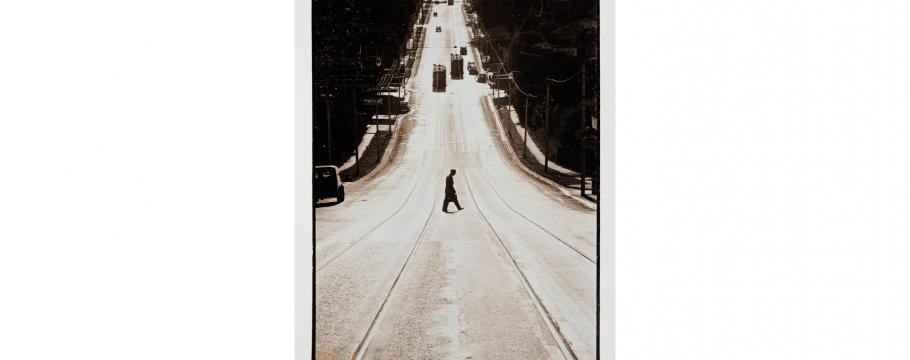
Iconic Australian photographer's collection goes under the hammer
Author: Richard Brewster | Posted: 6th October, 2022
Australian photographer the late Joyce Evans (1929-2019) not only was revered internationally as the “doyenne of Australian photography” – she also was an art historian, gallery director, curator, collector and lecturer.
Awarded a Medal of the Order of Australia just before her death for her service to the photographic arts, Joyce had an enviable collection of photographs by other leading Australian shutter bugs that will be auctioned as a timed online sale closing from 7pm Tuesday October 11 by Deutscher and Hackett at 105 Commercial Road, South Yarra.
Joyce was dedicated to all aspects of photography including portraiture, landscape and documentaries, always seeking to capture the essence of her subject.
She was so successful that examples of her work can be found in the Musèe de la Photographie in Mougins, France along with the National Gallery of Australia and several state and regional galleries.
Influenced by veteran Australian painter John Olsen, Joyce sought to capture “the edge of an image” to relate that which was not seen – a premise that would drive her entire photographic oeuvre.
In 1976, after a trip to Switzerland’s Basel Art Fair, she established the Church Street Photographic Centre, a specialist photographic gallery and bookshop in Richmond, and played a significant role in introducing Melbourne audiences to the work of many eminent Australian and international photographers – and in doing so built a significant international reputation as one of Australia’s most innovative gallerists.
Over the next five years, Joyce also amassed a strong collection of her fellow photographers’ works which, once the gallery closed in 1982, she continued to pursue.
The first of the collection (lot 1) to be auctioned is Eight Images Relating to the Kelly Gang – led by the infamous Australian outlaw Ned Kelly – by an unknown photographer.
This is a collection of late 1800 albumen carte de visite by photographers James E. Bray and William E. Barnes and features vestiges of the infamous Glenrowan Inn siege and the haunting images documenting the charred remains of Dan Kelly, Steve Hart and the blackened inn destroyed by fire.
The auction contains more than 20 early untitled Bill Henson photographs, created between 1974 and 1979, showing sensitive portraits of ballet dancers in training – of which lots 3 and 13 are interesting examples.
Carol Jerrems, who died in 1980 aged 30 from Budd-Chiari syndrome, achieved a great deal of success in her short life including in 1974 being part of survey of contemporary Australian photography by the newly formed Australian Centre for Photography in Sydney.
Several of her works are in the auction including Caroline 1976 (lot 27), a photograph featuring a naked woman centre frame that comes from one of the most turbulent decades in Australia’s history, as women’s rights continued to gain enormous momentum.
In a tribute to another minority group, lots 31 and 33 project the same image by widely travelled and celebrated photojournalist David Moore entitled Aboriginal Couple, South Australia (Finnis Springs Mission) 1959 and features an elderly couple at the South Australian mission shortly before droughts and water shortages led to its closure.
The distinguished modernist contemporary photographer Max Dupain is represented with Eggs 1933 (lot 37) and Kerosene Lamp 1935 (lot 40) while key migrant artists Wolfgang Sievers and Mark Strizic, who arrived respectively in Australia in 1938 and 1951, are among the finest exponents of industrial and architectural photography during the mid-20th century.
In particular, Lathe Operator at Marweight, Burnley, Melbourne 1968 (lot 45) and Aluminium Ingots, Comalco, Yennora, New South Wales 1973 (lot 49) are striking images of the manufacturing process – while Strizic captures what he describes as the “derelict and splendid” aspects of a mid-century Melbourne with Hopscotch Under Crenellation 1971 (lot 51, 56 and 57) , Off Moray Street, South Melbourne 1971 (lot 50) and Riversdale Road, Camberwell 1959 (lot 59).
